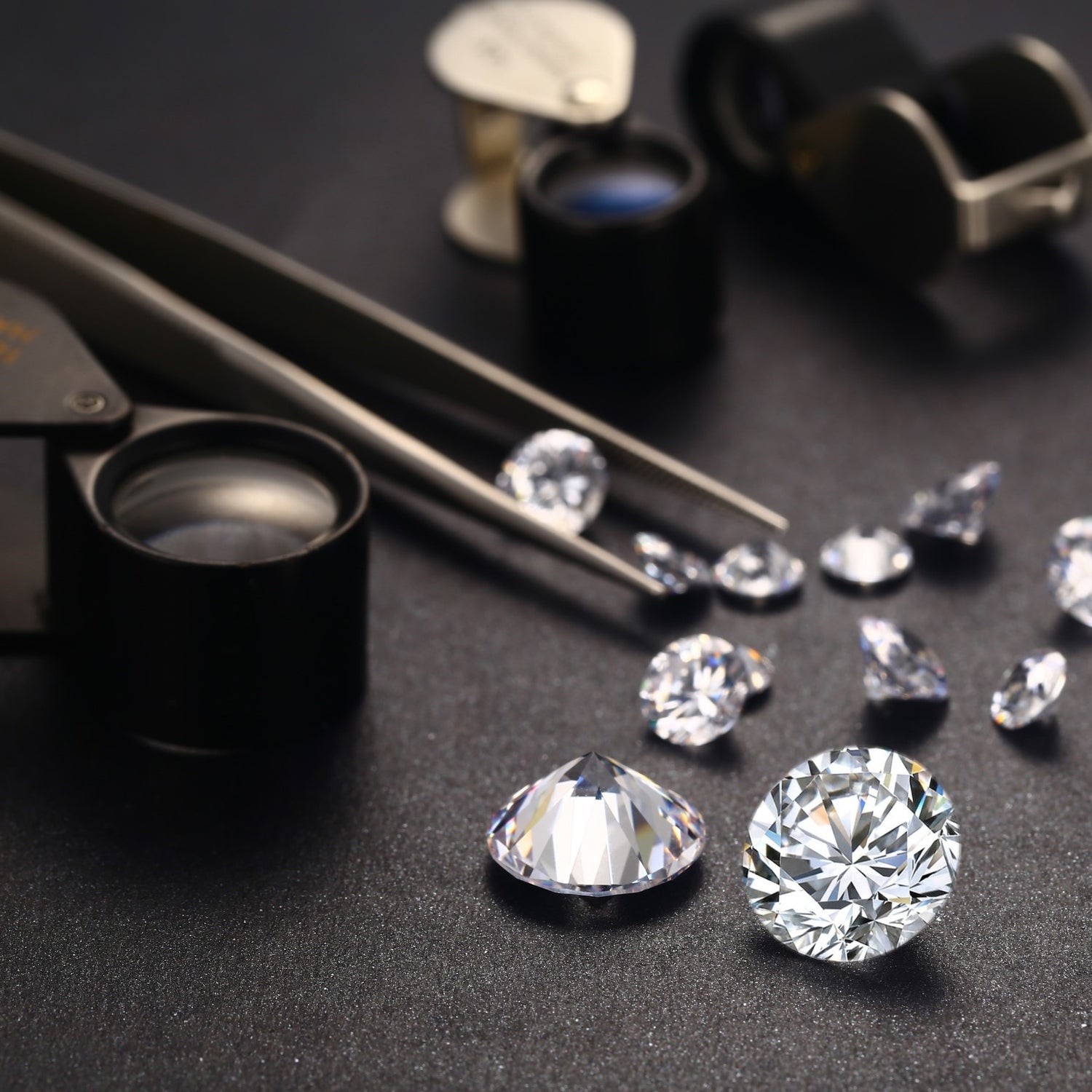HPHT (High Pressure High Temperature) and CVD (Chemical Vapor Deposition) are the two main methods used to create lab-grown diamonds. Both methods produce real diamonds with the same physical and chemical properties as mined diamonds. However, they differ in their approach to replicating the natural diamond formation process.
HPHT: Mimicking Nature’s Might
The HPHT method replicates the extreme conditions deep within the Earth where natural diamonds form. It subjects a carbon source, often graphite, to incredibly high pressure (around 5-6 GPa) and scorching temperatures (up to 1600°C). Under this immense pressure, the carbon atoms rearrange themselves into the diamond crystal structure. This process is relatively fast lab diamonds, taking days or weeks to grow a rough diamond.
CVD: Precise Layering for Controlled Growth
CVD takes a different approach. It uses a vacuum chamber filled with a carbon-rich gas mixture. The gas is then ionized into plasma using electrical energy. This plasma serves as the source of carbon atoms that are deposited layer by layer onto a diamond seed crystal. The process is meticulously controlled, allowing for the creation of diamonds with specific characteristics. CVD growth is generally slower than HPHT vs CVD, taking weeks or even months.
Choosing Between HPHT and CVD
While both methods create high-quality diamonds, there are some key differences to consider:
- Growth Rate: HPHT is generally faster and more cost-effective for producing smaller diamonds (less than 1 carat).
- Color: HPHT diamonds tend to have a slightly higher average color grade.
- Clarity: CVD diamonds often boast higher average clarity grades due to the precise control over the growth process.
- Applications: CVD’s ability to create diamonds with specific properties makes it ideal for industrial applications and specialty gem-quality stones.
Ultimately, the “better” method depends on your specific needs. If you prioritize affordability and speed for smaller stones, HPHT might be the way to go. If clarity or precise control over diamond characteristics is important, CVD could be a better choice.
The Future of Lab-Grown Diamonds
Both HPHT and CVD technologies are constantly evolving, making lab-grown diamonds a more attractive and viable alternative to mined diamonds. As the technology advances, we can expect even more affordable, high-quality lab-grown diamonds with a wider range of properties to suit various needs.



